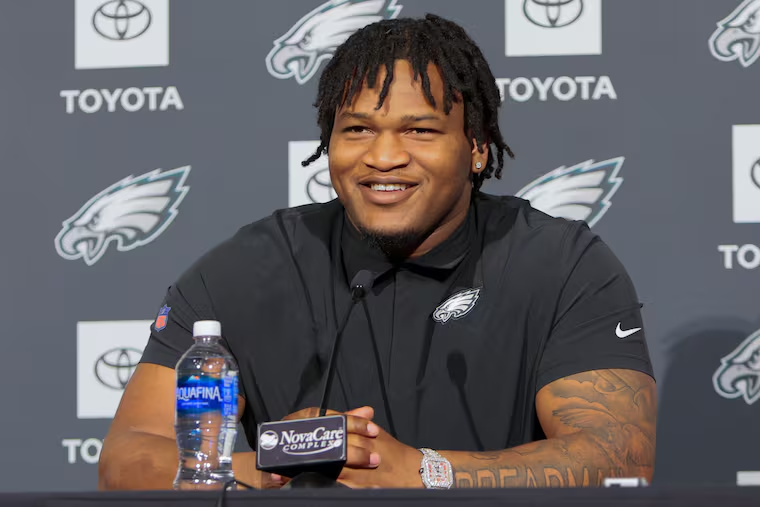Scouting report: How does the Eagles’ 2023 NFL draft class stack up collectively?
Who has the potential to stand out as a rookie? Are there any players who could develop into starters? Let's break down what each players brings.

Who has the potential to stand out as a rookie? Are there any players who could develop into starters? Let's break down what each players brings.
